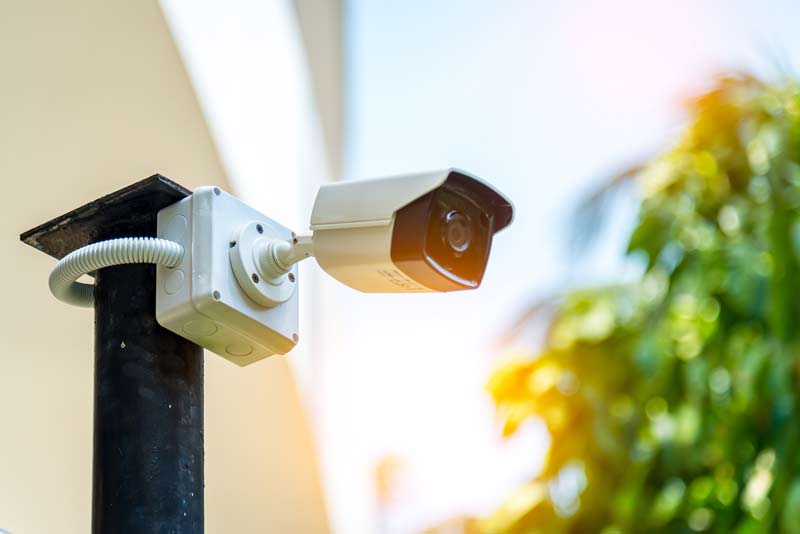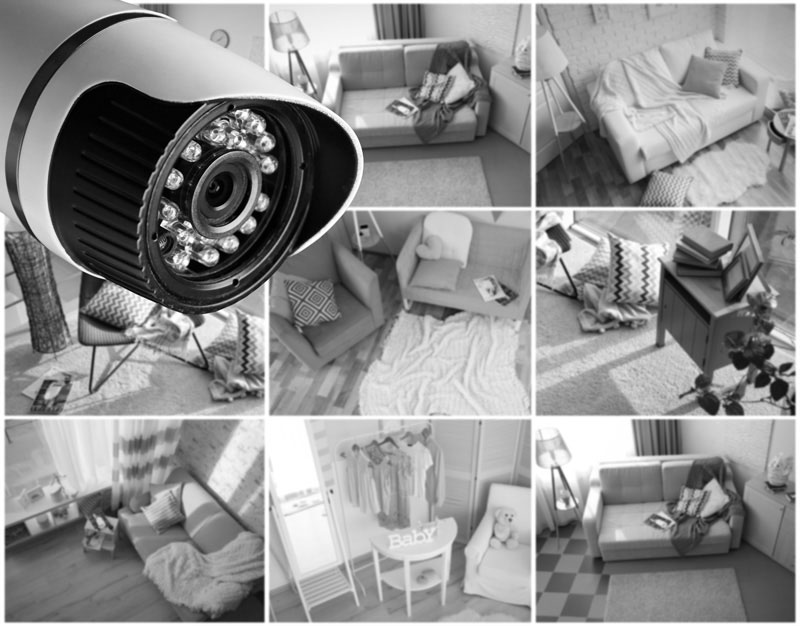IP video surveillance cameras are more modern and often the best choice for monitoring the security of your business. When using analog cameras, they must be hard-wired into a DVR while each IP security camera has its own IP address and works independently.
IP security cameras just need an internet or network connection to capture, compress, and transmit images. These cameras work similarly to your laptop or tablet. You can connect several IP cameras to one switch to increase the coverage of your facility.
IP video cameras allow you to manage your surveillance system remotely using your tablet, smartphone, or laptop. But if you aren’t smart about managing the bandwidth of your IP cameras, they can slow your network down.
4 Things Affecting Your IP Video Camera Bandwidth and Internet Speed
There are several elements to consider when managing IP video bandwidth.
Frame Rate Per Second (FPS)
A higher the frame rate per second requires more IP security camera bandwidth usage.
Resolution
Higher video resolution also increases the usage of IP video bandwidth.
The Number of IP Video Cameras on Your Network
The more IP cameras you have on your network, the faster your internet needs to be to run them.
Video Compression Codec
Video compression codec determines how the surveillance footage is compressed and packaged before transmitting it over the network. Two common compression format types are MJPEG and H.264. H.264 security cameras lower the necessary internet speed for transmitting files with better compression.
Choosing the Right IP Security Cameras for Your Premises is Critical
You may think that the obvious choice is the camera with the highest resolution and picture quality, but it actually depends on your budget and infrastructure. Can you afford the additional cost of the internet, and can your network support it?
You need to calculate the bandwidth and consider the resolution when choosing the best camera for your business and needs. Here is a formula to calculate bandwidth:
Bitrate (sub) *M + Bitrate (main) *N=Bandwidth (Mbps)
Here’s a chart to illustrate the internet speed you need for your IP security cameras.
| Resolution | MJPEG | H.264 |
| 1280 x 720 or 1MP | 6 Mbps for each camera | 2Mbps |
| 1920 x 1080 or 2MP | 12 Mbps for each camera | 4 Mbps |
| 2560 x 1440 or 4MP | 24 Mbps | 8 Mbps |
Once you can determine the bandwidth requirement for each IP camera, you can better manage it. You can also choose the right camera for your business infrastructure, and you won’t be surprised by the cost associated with streaming IP video footage and transmitting and storing data.
ABOUT Accel Communications, Inc.
Accel Communications has operated in the Greater Arizona area since 1990 as a full-service security alarm company that sells, installs, monitors, and services fire and security systems. They are the leader in Honeywell Fire, Brivo Web-Based Access Control, Eagle Eye and Flexwatch CCTV camera systems, and DMP Security.
- Controlling Holiday Fire Risks at Your AZ Business - November 15, 2024
- Choosing the Right Alarm Company for Your Business in Phoenix - October 18, 2024
- The Power of Video Surveillance and Access Control Integration - September 9, 2024



